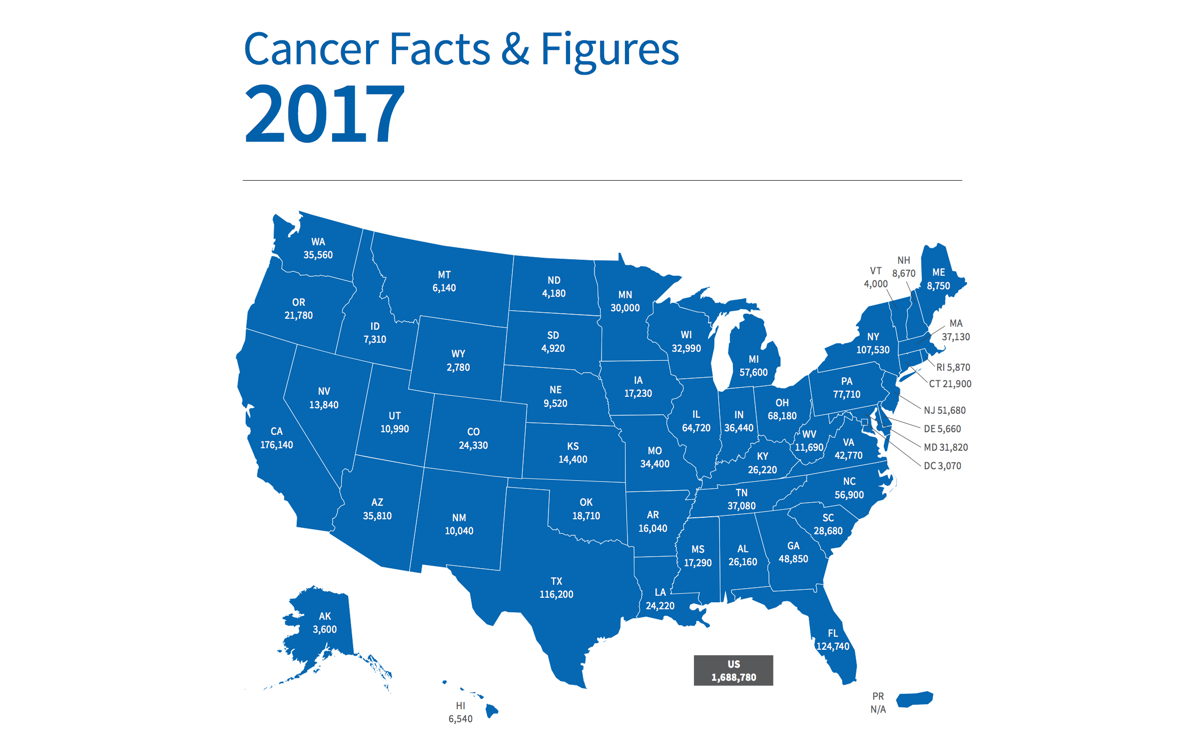Cannabis is one of the most complex plants that produce a synergistic effect when consumed with its 113+ cannabinoids, 200+ terpenes, and 100+ natural compounds. All of these elements interact to produce synergistic effects that create relief from pain, anxiety, insomnia, and more. Cannabis is said to be polypharmaceutical producing the entourage effect, or the combined effect of all components in marijuana that work together to produce an effect that is superior to specific cannabis extracts, such as pure THC or pure CBD.
The importance of full spectrum cannabinoid products sparks conversations that are less often discussed, but very important and useful in understanding the therapeutic and medicinal characteristics of cannabis consumption. This understanding enables patients and consumers to utilize cannabis in innovative ways that help reduce and eliminate (for some) the use of OTC and pharmaceutical pills/ointments that may possess undesirable side effects.
Understanding How Cannabis’s Entourage Effect Works
Various ratios of cannabinoids, terpenes, and other compounds create references to identify many cannabis strains/varieties. Extractors and processors mimic and manipulate these combinations to produce products with education that are targeted for specific reliefs. THC and CBD are the primary cannabinoids that the body uses to achieve therapeutic and medicinal benefits. Alone, these cannabinoids may not create much of an enjoyable experience. THC may induce anxiety in some and CBD, as an antagonist of THC, may not create much of an effect at all. Combined at various ratios, THC and CBD work together in an attempt to create a balanced environment for the body’s endocannabinoid system. If we consider THC and CBD as the foundations for therapeutic benefits from cannabis, terpenes would be the construction engineers building the experiences. Terpenes help regulate and maximize the benefits of consuming THC and CBD both therapeutically and medicinally.
How To Use This Information
Some studies have shown that full-spectrum extracts produce 330% more activity than THC alone. This tells us that full-spectrum cannabinoid products are more beneficial than singularly isolated cannabis compounds alone. For example, a cancer patient ingesting isolated THC may benefit from the THC killing cancer cells by causing cell apoptosis, but the patient may not enjoy the euphoric activity that accompanies THC effects. However, if the same patient utilizes full-spectrum cannabinoid products, then the euphoria from the THC is better regulated by the presence of CBD and other terpenes/compounds that are noted to produce a calming effect. A more common explanation is determining sativa, indica, and other information about cannabis products to determine best situations for use; indica properties may create feelings of lethargy and lack of motivation for some consumers during the day while creating a space of clarity and organized thoughts for patients seeking relief from ADD/ADHD symptoms.
It’s very important to understand that all of the compounds found in cannabis work together to provide healing and relief. When purchasing cannabis products, try to select products that contain full-spectrum extracts to ensure a synergistic balance and maximize the many benefits of cannabis consumption. One may find very similar pricing to achieve what some refer to as more bang for your buck. Easy ways to identify these products include verbiage that says full-spectrum or strain-specific or targeted/proprietary blend and similar. If all else fails, don’t be afraid to ask your budtender or research the product before purchasing.








